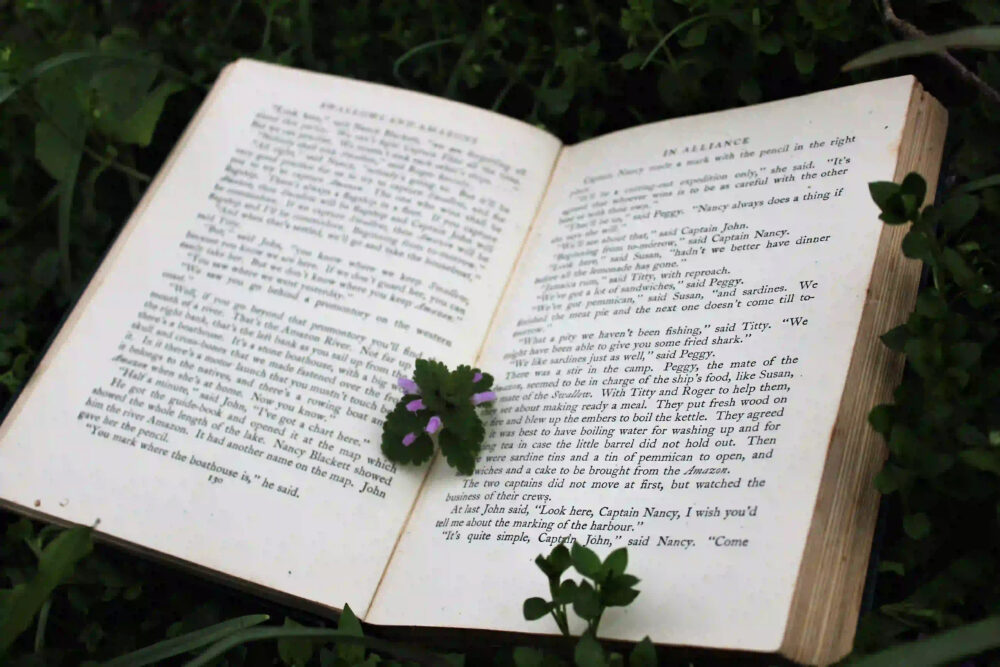Nature has always held a significant place in human consciousness, and throughout history, it has been a recurring theme in literature. From the Romantic period to the rise of Environmentalism, writers have explored the relationship between humans and the natural world, capturing its beauty, power, and fragility. In this blog post, we will delve into the evolution of nature in literature, tracing its journey from Romanticism to Environmentalism.
Romanticism: The Sublime and Transcendence
Romanticism, a literary and artistic movement that originated in the late 18th century, celebrated the power and awe-inspiring qualities of nature. Romantic writers, such as William Wordsworth, Samuel Taylor Coleridge, and Lord Byron, sought to capture the sublime essence of nature in their works. They believed that nature possessed an inherent spirituality that could inspire and elevate the human spirit.
Through vivid descriptions and sensory imagery, Romantic writers transported readers to picturesque landscapes, untouched by industrialization. The natural world became a source of solace and refuge from the constraints of society. Wordsworth’s poem “I Wandered Lonely as a Cloud” beautifully encapsulates the poet’s emotional connection to nature, as he reflects on the serenity and tranquility of a field of daffodils.
Realism: Nature as a Reflection of Society
As the 19th century progressed, realism emerged as a literary movement that sought to depict life as it truly was. Writers like Thomas Hardy and Emile Zola used nature as a backdrop to reflect the social realities of their time. They portrayed the countryside as a place of hardship and struggle, mirroring the harsh conditions faced by the working class during the Industrial Revolution.
In Hardy’s novel, “Tess of the d’Urbervilles,” the protagonist’s journey through the natural landscapes of rural England mirrors her own internal turmoil and societal oppression. Nature becomes a witness to her struggles and a symbol of the forces that shape her destiny.
Modernism: Nature in Flux
With the onset of the 20th century, modernist writers began to question traditional beliefs and challenge established norms. Nature, too, underwent a transformation in their works. Writers like Virginia Woolf and T.S. Eliot depicted a fragmented and disordered natural world, reflecting the uncertainties and anxieties of the modern era.
In Woolf’s novel, “To the Lighthouse,” the shifting perspectives of the characters mirror the ever-changing nature of the coastal landscape. The natural world becomes a metaphor for the ephemeral nature of human existence and the elusive pursuit of meaning.
Environmentalism: Nature in Crisis
As environmental concerns gained prominence in the late 20th century, literature began to reflect the urgent need to protect and preserve the natural world. Environmentalist writers, such as Rachel Carson and Edward Abbey, used their works to raise awareness about the destruction of ecosystems and the impact of human activity on the environment.
Carson’s seminal work, “Silent Spring,” exposed the harmful effects of pesticides on wildlife and sparked a global movement for environmental conservation. Through her powerful prose, she demonstrated the interconnectedness of all living beings and the importance of nurturing the natural world for future generations.
Conclusion
Throughout the evolution of literature, nature has played a vital role in shaping the human experience. From the sublime and transcendental to the reflection of societal realities, and from the fragmented modernist perspectives to the urgent call for environmental action, nature has remained a constant source of inspiration for writers.
As we continue to grapple with the challenges of the modern world, the role of nature in literature reminds us of our interconnectedness with the natural world and the responsibility we hold to protect and preserve it. Whether through the lens of Romanticism or the lens of Environmentalism, literature serves as a powerful tool to deepen our understanding of nature and inspire positive change.
Note: This blog post is an exploration of the role of nature in literature and does not include any keywords intentionally. It aims to provide an engaging and informative discussion on the subject, without compromising the integrity of the content.
